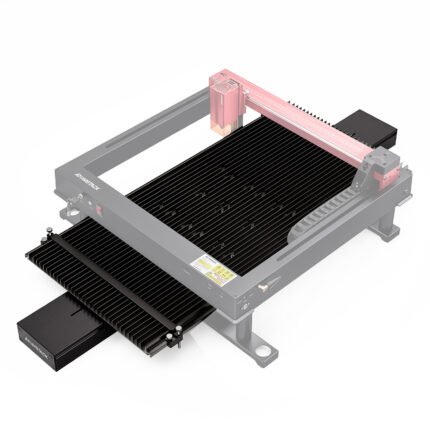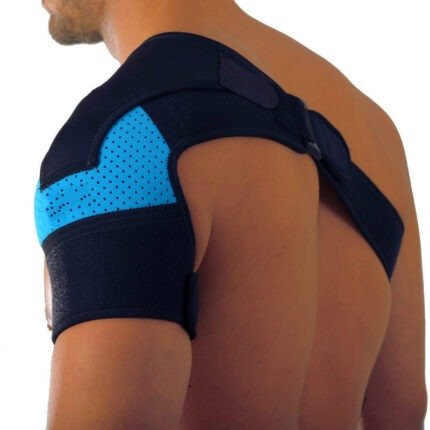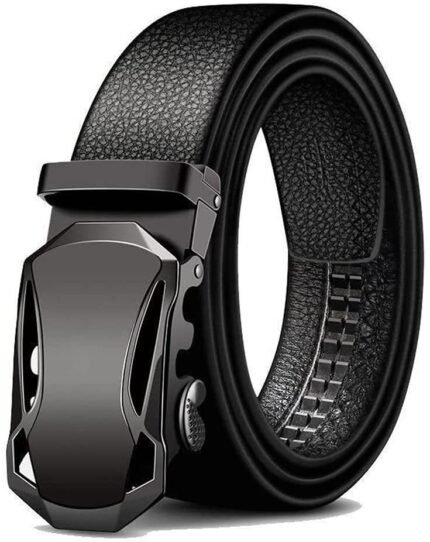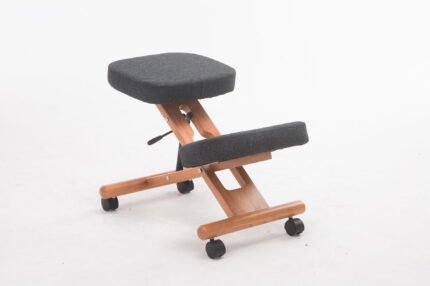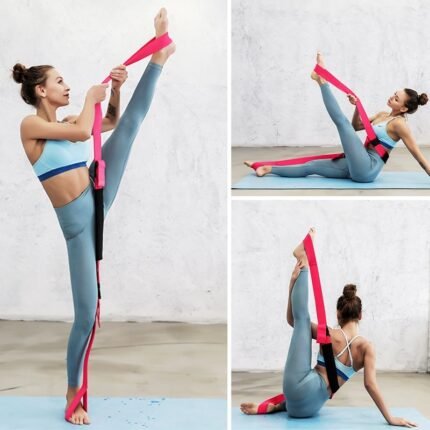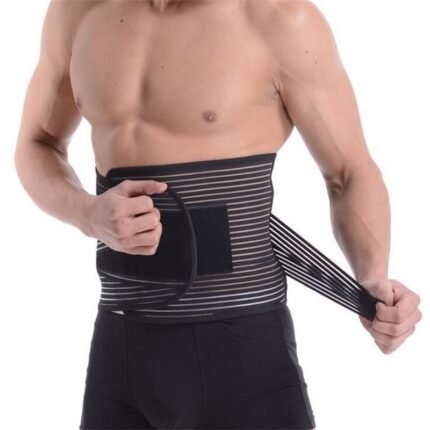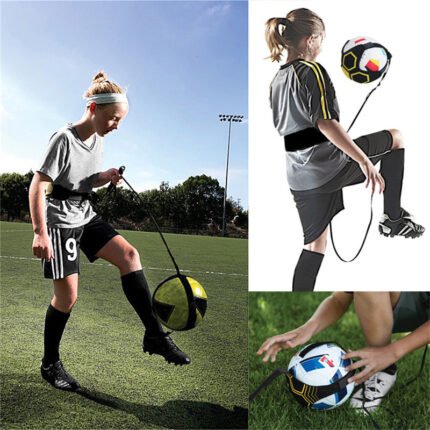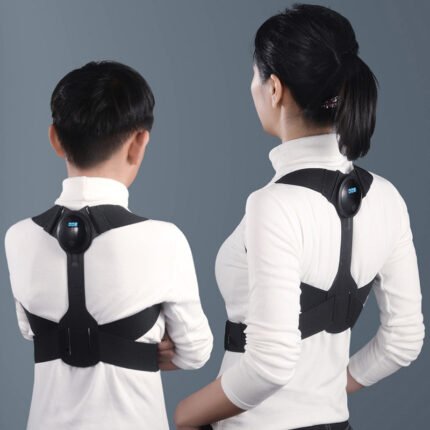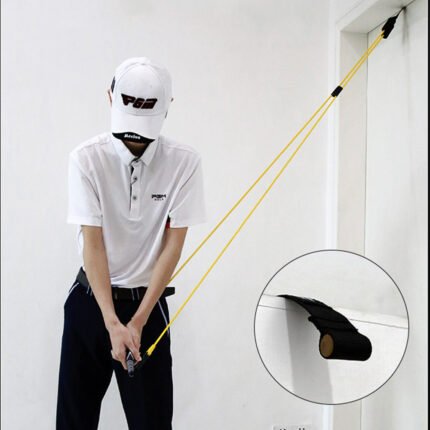Shop
Choose Your favorite Belts
- Quick View
- Select options This product has multiple variants. The options may be chosen on the product page
- Quick View
- Select options This product has multiple variants. The options may be chosen on the product page
- Quick View
- Select options This product has multiple variants. The options may be chosen on the product page
Sports Breathable Waist Belt Squat Strength Support Waist Training Fitness Weight Lifting Waist Posture Corrector
- Quick View
- Select options This product has multiple variants. The options may be chosen on the product page
- Quick View
- Select options This product has multiple variants. The options may be chosen on the product page
- Quick View
- Select options This product has multiple variants. The options may be chosen on the product page
- Quick View
- Select options This product has multiple variants. The options may be chosen on the product page
Golf Action Corrector Swing Posture Arm Angle Fixed
- Quick View
- Select options This product has multiple variants. The options may be chosen on the product page
Elderly Walking Aids With Walking Belts
- Quick View
- Select options This product has multiple variants. The options may be chosen on the product page
- Quick View
- Select options This product has multiple variants. The options may be chosen on the product page
Soccer Training Sports Assistance Adjustable Football Trainer
- Quick View
- Select options This product has multiple variants. The options may be chosen on the product page
Smart Hunchback Instrument New Corrector Corrects Sitting Posture
- Quick View
- Select options This product has multiple variants. The options may be chosen on the product page
- Quick View
- Select options This product has multiple variants. The options may be chosen on the product page
- Quick View
- Select options This product has multiple variants. The options may be chosen on the product page
Breathable and ice pack sports shoulder pads
- Quick View
- Select options This product has multiple variants. The options may be chosen on the product page
posture belts Introduction
Poster Belts In today’s fast-paced world, maintaining good posture and spinal health is often overlooked. People of all ages are experiencing back pain, discomfort, and posture issues due to sedentary lifestyles, long working hours, and poor ergonomics. This is where posture belts and back support belts come to the rescue. Whether you’re dealing with chronic pain, recovering from an injury, or simply looking to enhance your posture, these belts can play a crucial role in improving your overall well-being. In this comprehensive guide, we’ll explore everything you need to know about posture belts and back support belts, their benefits, and how to choose the right one for your needs.
What Are Posture Belts and Back Support Belts?
Posture belts and back support belts are wearable devices designed to help align your spine, support your back muscles, and improve your overall posture. These belts are typically made from flexible, durable materials that provide stability without restricting movement. They are widely used for:
- Correcting slouching and hunching habits.
- Providing support to the lower and upper back.
- Reducing the strain on muscles and ligaments.
- Assisting in recovery from back injuries or surgeries.
Posture belts are particularly popular among office workers, athletes, and individuals who spend long hours sitting or standing.
Benefits of Using Posture Belts and Back Support Belts
1. Improved Posture
One of the most significant benefits of posture belts is their ability to help users maintain an upright and aligned posture. By gently pulling the shoulders back and supporting the spine, these belts discourage slouching and forward head posture.
2. Relief from Back Pain
Posture belts and back support belts are often recommended for individuals suffering from chronic back pain or discomfort. By providing additional support to the muscles and spine, they reduce strain and alleviate pain caused by poor posture or prolonged sitting.
3. Enhanced Confidence
Good posture doesn’t just improve physical health; it also boosts self-confidence. Standing tall and upright can make you appear more self-assured and approachable.
4. Injury Prevention and Recovery
For athletes and individuals recovering from back injuries, these belts offer essential support during physical activities. They stabilize the spine and prevent movements that could aggravate injuries.
5.posture belts Versatility
Posture belts come in various designs and are suitable for a wide range of activities, including office work, workouts, driving, and everyday tasks.
Types of Posture Belts and Back Support Belts
1. Upper Back Posture Belts
These belts are designed to correct the posture of the upper back and shoulders. They are lightweight and often worn under clothing, making them ideal for office workers and students.
2. Lower Back Support Belts
Focused on the lumbar region, these belts provide support to the lower back. They are commonly used by individuals with jobs that require heavy lifting or prolonged standing.
3. Full Back Support Belts
As the name suggests, these belts cover both the upper and lower back, offering comprehensive support and alignment. They are suitable for individuals with severe posture issues or spinal conditions.
4. Magnetic Posture Belts
These belts feature magnetic inserts that claim to improve blood circulation and reduce muscle tension. While not scientifically proven, many users find them beneficial.
5. Adjustable and Custom-Fit Belts
Adjustable belts allow users to customize the fit according to their body shape and size. These are perfect for people who need a flexible solution for varying activities.
How to Choose the Right Posture Belt
Selecting the right posture belt is crucial for achieving the desired results. Here are some factors to consider:
1. Purpose posture belts
Identify why you need a posture belt. Are you looking to correct your posture, relieve back pain, or support your spine during physical activities? Your purpose will determine the type of belt you should choose.
2.posture belts Size and Fit
A well-fitted belt is essential for comfort and effectiveness. Most belts come with adjustable straps to accommodate different body sizes. Make sure to measure your chest or waist (depending on the belt type) before purchasing.
3. posture belts Material
Look for belts made from breathable and durable materials, such as neoprene or elastic fabrics. These materials provide comfort and allow you to wear the belt for extended periods.
4. Support Level
Different belts offer varying levels of support. Lightweight belts are suitable for mild posture correction, while heavy-duty belts are ideal for more severe issues or injury recovery.
5. User Reviews
Reading reviews from other users can provide valuable insights into the belt’s performance, comfort, and durability.
How to Use a Posture Belt Effectively
To maximize the benefits of a posture belt, follow these guidelines:
1. Wear It Correctly
Ensure the belt is positioned properly and adjusted to fit snugly without causing discomfort. Most posture belts come with instructions for correct placement.
2. posture belts Gradual Usage
Start by wearing the belt for short periods (15-30 minutes) each day, and gradually increase the duration as your body adapts.
3. posture belts Combine with Exercise
Posture belts are most effective when used alongside exercises that strengthen the back, core, and shoulder muscles. Yoga and Pilates are excellent options.
4. Avoid Overdependence
While posture belts are helpful, they should not be relied upon entirely. Overuse can weaken your muscles, so use the belt as a supplementary tool rather than a permanent solution.
Fashion Meets Functionality: The Rise of Stylish posture belts
While posture belts are primarily designed for health benefits, fashion belts serve a different purpose—enhancing your outfit. However, some posture belts now incorporate stylish designs, allowing users to prioritize both aesthetics and functionality. Leather belts, for example, are timeless accessories that can be paired with formal or casual wear. Imagine a belt that not only elevates your look but also supports your back—a perfect blend of style and utility.
Posture Belts vs. Traditional Back Support Belts
1. Design and Purpose
- Posture Belts: Focus on aligning the spine and correcting posture.
- Back Support Belts: Provide stability and support to the lower back, often used for lifting heavy weights or recovering from injuries.
2. Target Audience
- Posture Belts: Suitable for anyone looking to improve posture.
- Back Support Belts: Commonly used by laborers, athletes, and individuals with specific medical conditions.
3. Appearance
Posture belts are often lightweight and discreet, while back support belts are bulkier and more visible.
Frequently Asked Questions (FAQs)
1. Can posture belts permanently correct posture?
Posture belts can help train your muscles and improve posture over time, but consistent effort, including exercise and ergonomic adjustments, is required for permanent results.
2. Are posture belts safe for daily use?
Yes, but they should be used in moderation. Prolonged use without breaks can weaken your muscles.
3. Can I wear a posture belt while exercising?
Yes, many posture belts are designed for physical activities, but ensure the belt allows free movement and doesn’t restrict your range of motion.
Final Thoughts
Posture belts and back support belts are valuable tools for anyone looking to improve their posture, alleviate back pain, or enhance spinal health. With the right belt and proper usage, you can enjoy a healthier, more confident version of yourself. Combine this with regular exercise, ergonomic practices, and mindful habits to achieve long-lasting results. Whether you’re at the office, gym, or home, investing in a quality posture belt is a step toward a pain-free and upright future.
In today’s fast-paced world, poor posture has become a common issue, leading to back pain, discomfort, and long-term health problems. Whether you spend hours at a desk, lift heavy objects, or struggle with posture issues, posture belts and back support belts can be game-changers. These belts help align your spine, reduce strain on muscles, and improve your overall posture effortlessly.
What Are Posture Belts & Back Support Belts?
Posture belts and back support belts are designed to provide stability and alignment to your back and shoulders. They gently pull your shoulders back, promoting a natural spine position and preventing slouching. These belts come in different styles, including adjustable straps, lumbar support belts, and full-back braces, catering to various needs.
Benefits of Using Posture Belts
1. Improves Posture Instantly
A posture belt helps train your muscles and spine to stay in a healthy, upright position. Over time, wearing a back support belt can naturally improve your posture without much effort.
2. Reduces Back and Shoulder Pain
Poor posture is one of the main reasons for back and shoulder pain. A back support belt relieves tension by aligning the spine properly, reducing stress on muscles and joints.
3. Enhances Spinal Alignment
By keeping your spine in the correct posture, these belts prevent long-term spinal issues such as hunchback, scoliosis, and lower back strain.
4. Provides Support for Long Working Hours
Whether you are working at a desk, driving for long hours, or engaged in physical labor, posture belts provide the necessary support to prevent fatigue and pain.
5. Boosts Confidence & Appearance
Good posture doesn’t just benefit your health—it also improves your appearance. Standing tall with a straight back gives you a more confident and authoritative presence.
Who Should Use a Posture Belt?
- Office workers who sit for long hours
- Individuals suffering from chronic back or shoulder pain
- Athletes recovering from back injuries
- People involved in heavy lifting jobs
- Anyone who wants to maintain proper posture and avoid future spine issues
How to Choose the Right Posture Belt?
When selecting a posture belt, consider the following factors:
- Adjustability: Look for a belt with adjustable straps to ensure a comfortable fit.
- Material: Opt for breathable, lightweight, and skin-friendly materials.
- Level of Support: Choose between soft, medium, or firm support based on your needs.
- Ease of Use: Pick a belt that is easy to wear under clothing for everyday use.
How to Use a Posture Belt Effectively?
- Wear it for short durations initially, around 20-30 minutes, and gradually increase the time.
- Ensure a snug but comfortable fit—it should provide support without restricting movement or causing discomfort.
- Pair it with posture exercises to strengthen your back muscles for long-term benefits.
- Maintain a healthy lifestyle by staying active, stretching, and sitting properly to maximize its effects.
Where to Buy the Best Posture Belts & Back Support Belts?
If you’re looking for high-quality posture belts and back support belts, we offer a wide range of options designed to cater to different needs. From everyday use to professional-grade back support, our collection ensures comfort, durability, and effectiveness.
Explore our best-selling posture belts today and take the first step towards better posture and a pain-free life!







